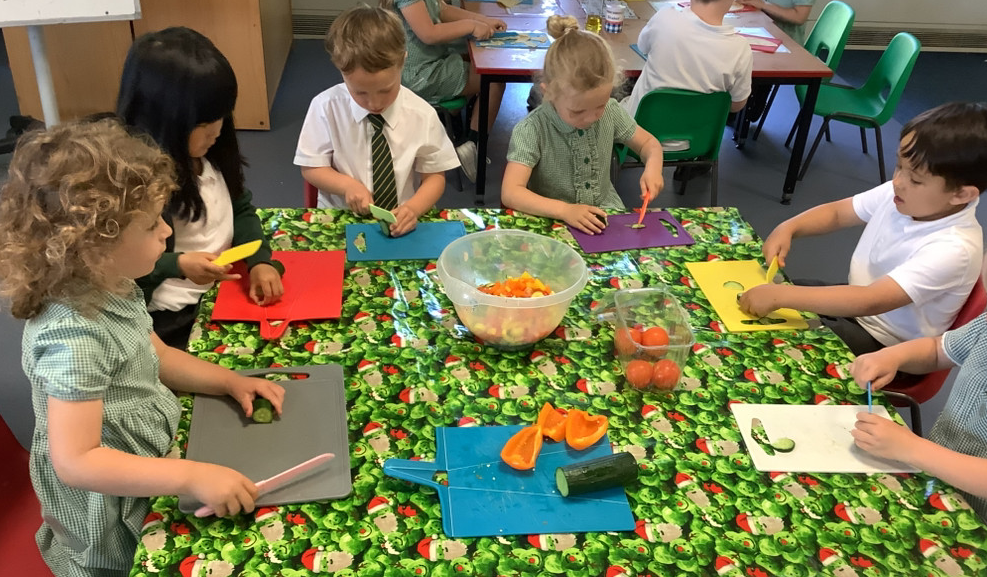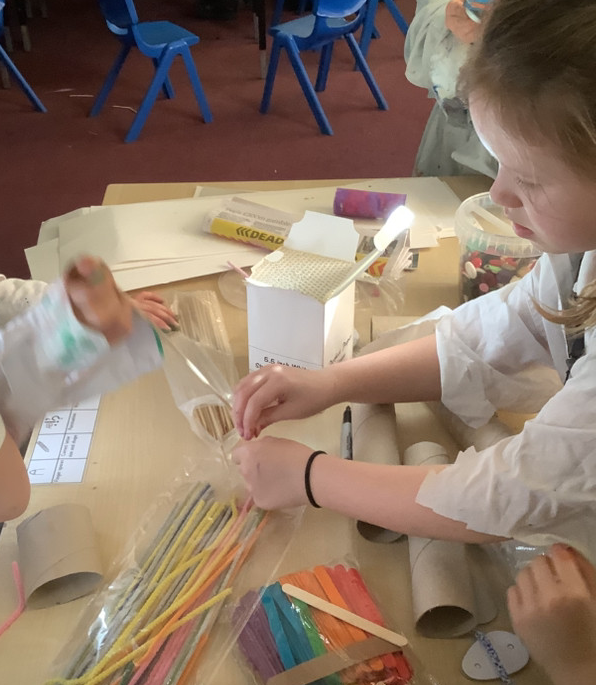Design & Technology
Intent
Our CUSP Design and Technology curriculum is designed to inspire creativity, curiosity, and practical problem-solving. Rooted in real-world contexts, it equips pupils with the skills to design, make, and evaluate purposeful products.
Our intent is to:
- Develop technical knowledge through hands-on experiences with materials, tools, and mechanisms.
- Encourage creativity and innovation by exploring how products are designed and improved.
- Promote resilience and independence through trial, error, and reflection.
- Build cross-curricular links with science, maths, and art to deepen understanding.
- Celebrate diversity and sustainability by exploring global design and eco-conscious choices.
Through carefully sequenced units, pupils learn to think critically, work collaboratively, and take pride in their creations — preparing them for a world where design and technology shape everyday life.
Implementation
The Design and Technology curriculum is organised into blocks with each block covering a particular set of disciplines, including food and nutrition, mechanisms, structures, systems, electrical systems, understanding materials and textiles. Vertical progression in each discipline has been deliberately woven into the fabric of the curriculum so that pupils revisit key disciplines throughout their Primary journey at increasing degrees of challenge and complexity.
In addition to the core knowledge required to be successful within each discipline, the curriculum outlines key aspects of development in the Working as a Designer section. Each module will focus on promoting different aspects of these competencies. This will support teachers in understanding pupils’ progress as designers more broadly, as well as how successfully they are acquiring the taught knowledge and skills.
Vocabulary
Design and Technology, vocabulary is taught explicitly and systematically to ensure pupils develop a deep understanding of key technical terms and concepts.
- Tiered Vocabulary Approach: Pupils are introduced to subject-specific (Tier 3) vocabulary such as mechanism, structure, prototype, and evaluate, alongside more general academic language.
- Repetition and Retrieval: Key terms are revisited regularly through retrieval practice, helping pupils retain and apply vocabulary confidently over time.
- Contextual Learning: Vocabulary is embedded within practical tasks, so pupils learn words in meaningful, hands-on contexts.
- Talk for Learning: Pupils are encouraged to use technical language when discussing, planning, and evaluating their work, building confidence in speaking and listening.
- Visual Supports: Word banks, labelled diagrams, and dual coding (images + words) help reinforce understanding for all learners.
This approach ensures that vocabulary is not just learned — it’s used, understood, and remembered.
Impact
The implementation of the DT curriculum at Springwood Heath has had a clear and measurable impact on our pupils’ learning and development:
- Assessment data shows strong progress across year groups, with pupils demonstrating secure understanding of key concepts and skills in design, making, and evaluation.
- Pupils are using technical vocabulary with increasing confidence, both in written work and during discussions, reflecting a deepening understanding of the subject.
- Feedback from pupils highlights high levels of enjoyment, engagement, and pride in their DT work. They talk enthusiastically about their projects and the skills they’ve developed.
- Pupils are showing greater resilience, problem-solving ability, and creativity when designing and making products — key indicators of success in DT.
- The curriculum supports wider learning, with pupils applying knowledge from maths, science, and art in meaningful, practical contexts.




